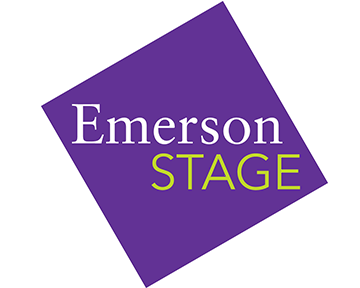The Weimar Republic and A Bright Room Called Day
By Sallie Bieterman
Dramaturg
A Bright Room Called Day
September 22-30, 2017 – Greene Theater
A Bright Room Called Day occurs during the final days of the first democratically-elected government administration in Germany’s history, the Weimar Republic. Characterized by political turmoil, violence, economic troubles, new social freedoms, and vibrant artistic movements, the Weimar years were turbulent and frenetic: a frenzy of conflicting ideologies as German citizens had their first chance to govern themselves.
“During the Weimar Republic… the Left intelligentsia hated capitalism, and hence Social Democracy as well, far too much to think that Nazism could be worse.” – Peter Gay, Weimar Culture: The Outsider as Insider
Parties at the center of Weimar’s political spectrum were increasingly drowned out by both in-fighting on the Left and the growing roar of fascism on the Right. As Germany’s Communist party (the KPD) aligned further with the politics of the international Communist party, they condemned the Social Democratic Party (the SPD) for their capitalistic views. Meanwhile, on the Right, economic insecurity fueled nationalistic and militaristic rhetoric from the German Nationalist Party and the National Socialist Party (the Nazis).
Despite the shaky parliamentary coalitions in the Reichstag (Germany’s parliament) and economic strife left over from a crippling defeat in World War I, German culture thrived during the Weimar period. Berlin, in particular, exploded with artistic and social freedoms as Germans from the countryside and members of the European intelligentsia, both displaced by WWI, flocked to the city.
“[Weimar culture was a] creation of outsiders, propelled into the inside for a short, dizzying, fragile moment.” – Peter Gay, Weimar Culture: The Outsider as Insider
Many artistic movements that sprang from the chaos of WWI were centered in Berlin. Experimental and edgy, most art of the period would be destroyed in the Nazi’s purge of art they dubbed anti-German, or “degenerate”. Cinema flourished as Berlin’s filmmakers delved into Expressionism, using camera techniques to examine the psychological lives of their characters. These movies, like The Cabinet of Dr. Caligari (1920), Nosferatu (1922), and Metropolis (1927), revolutionized modern filmmaking.
“Weimar art was fiercely experimental, iconoclastic and left-leaning, spiritually hostile to big business and bourgeois society and at daggers drawn with Prussian militarism and authoritarianism.” –Kirkus Reviews
Amid this thriving arts scene, social rules were also changing. Weimar’s constitution granted women the right to vote, and many women actively challenged their traditional domestic sphere in favor of political activism, artistic work, and subversive writing. Sexual norms were further challenged by the Berlin nightlife, whose cabarets and bars included upwards of 65 gay bars and 50 lesbian bars. Berlin’s Institute of Human Sexuality, founded in 1919, pioneered sex education and advocated for gay and transgender civil rights, as well as women’s liberation and other liberal social causes.
Weimar Berlin burned bright and short, a tumultuous period filled with vastly differing visions of the new Germany its citizens could build. Despite pushes toward artistic and social liberation, dreams of cultural liberalism were defeated when the political Left failed to wrest power from the increasingly popular Nazi party. Promising to return Germans to their former glory, the Nazis won out against the Weimar Left’s shaky visions of a new world, and Germany plunged into the darkness of the Third Reich.
